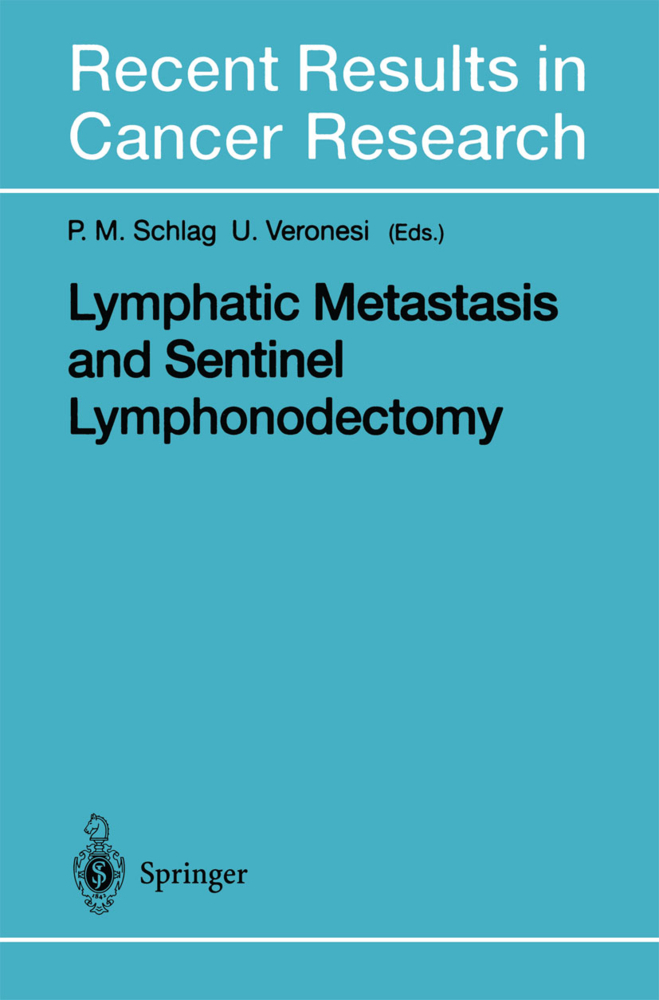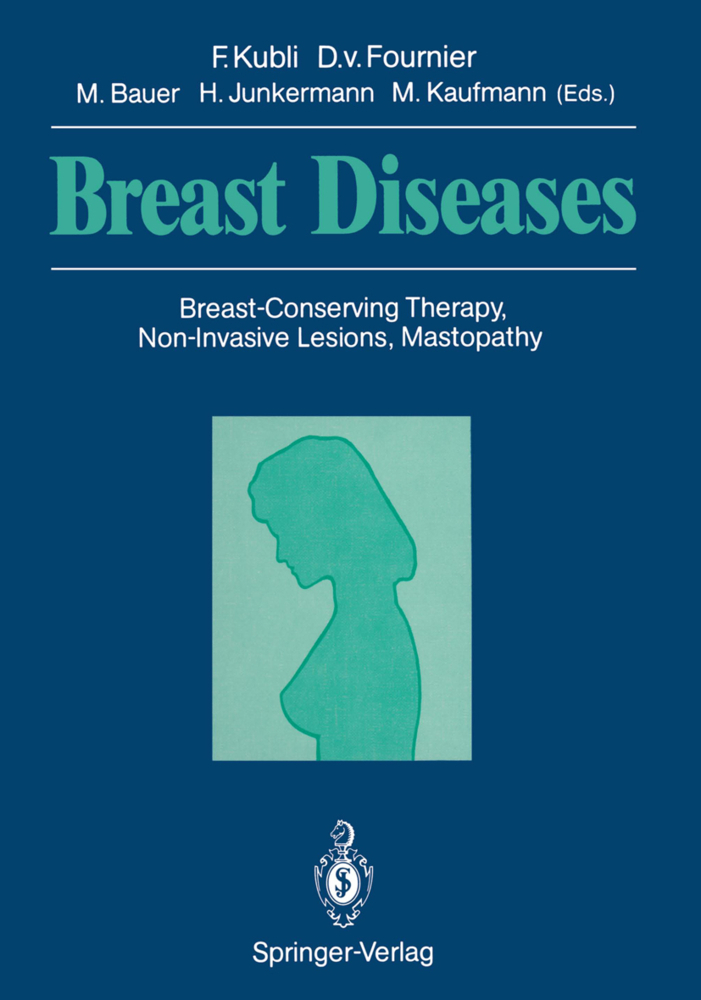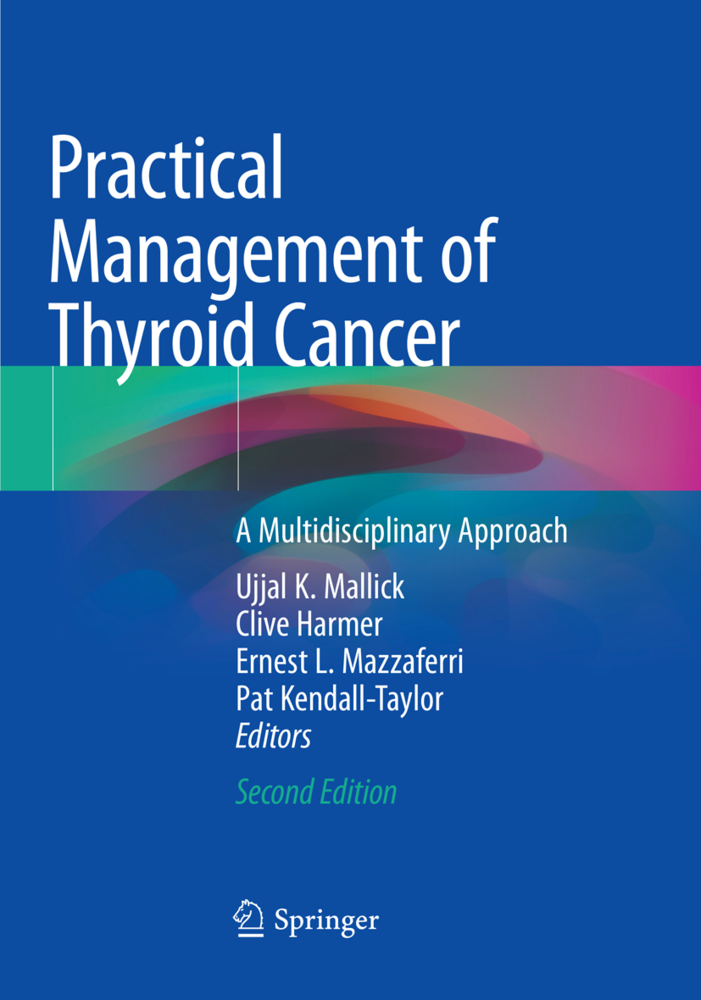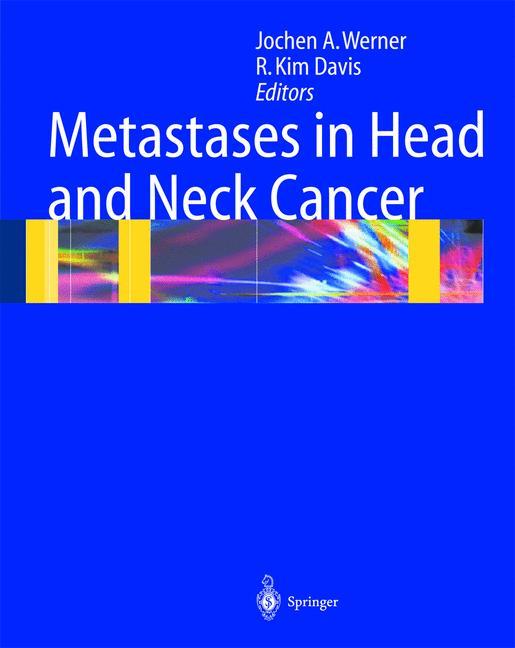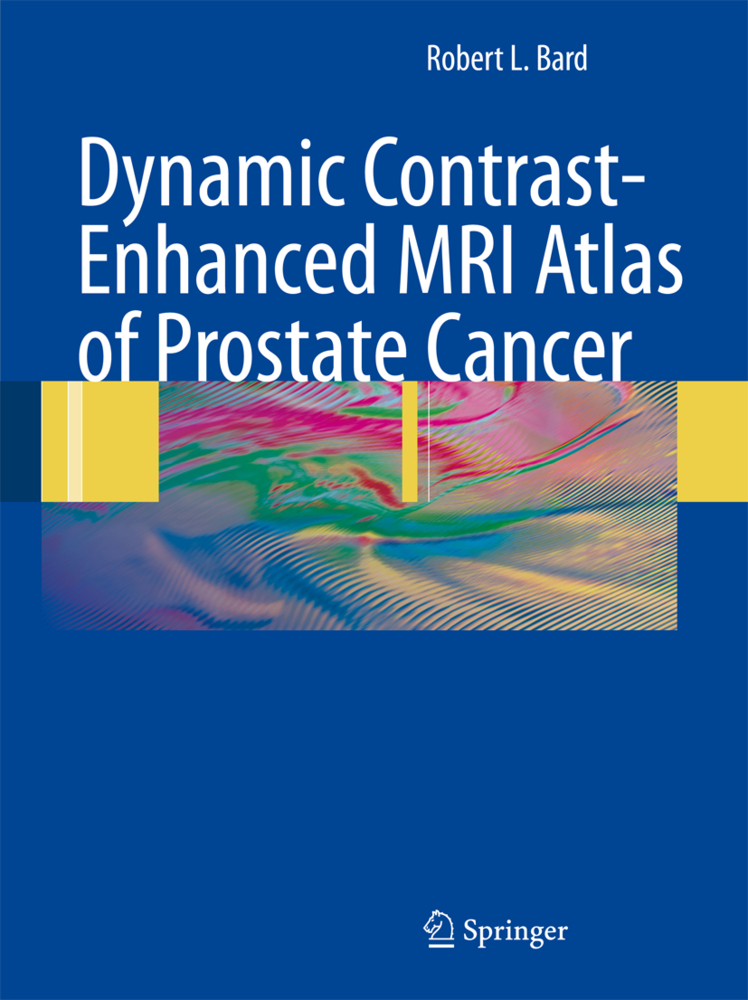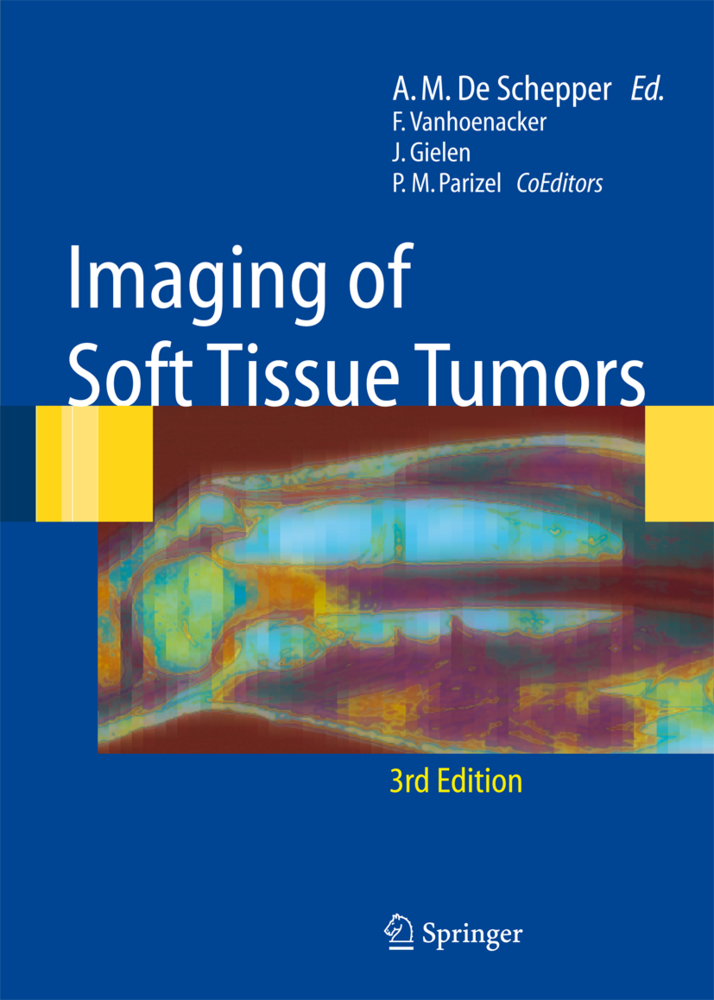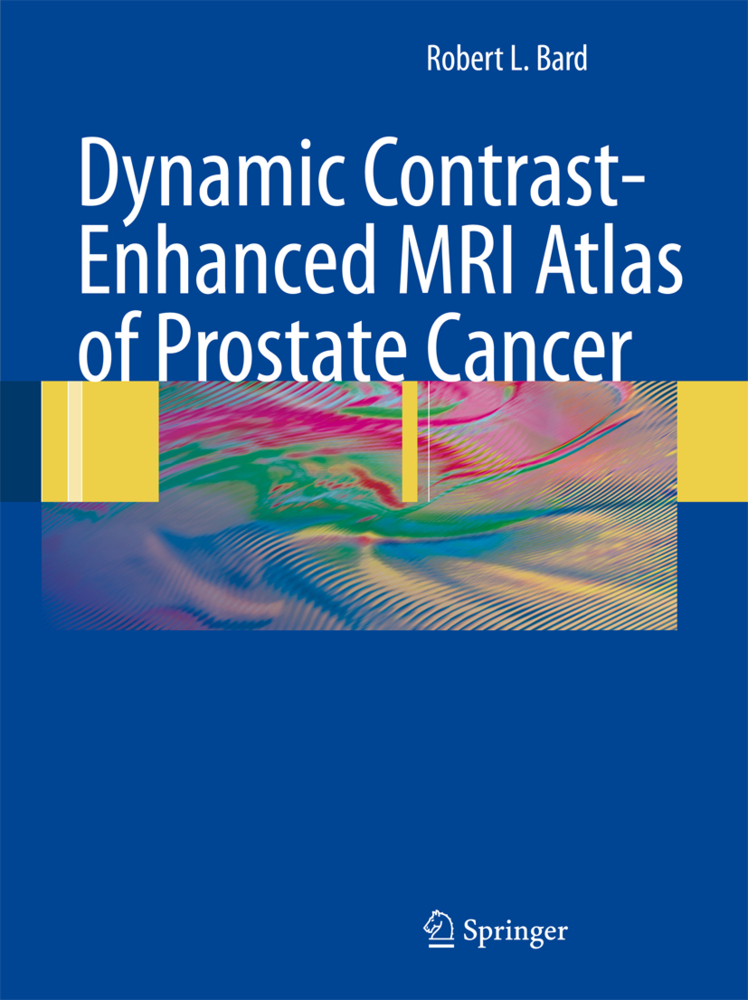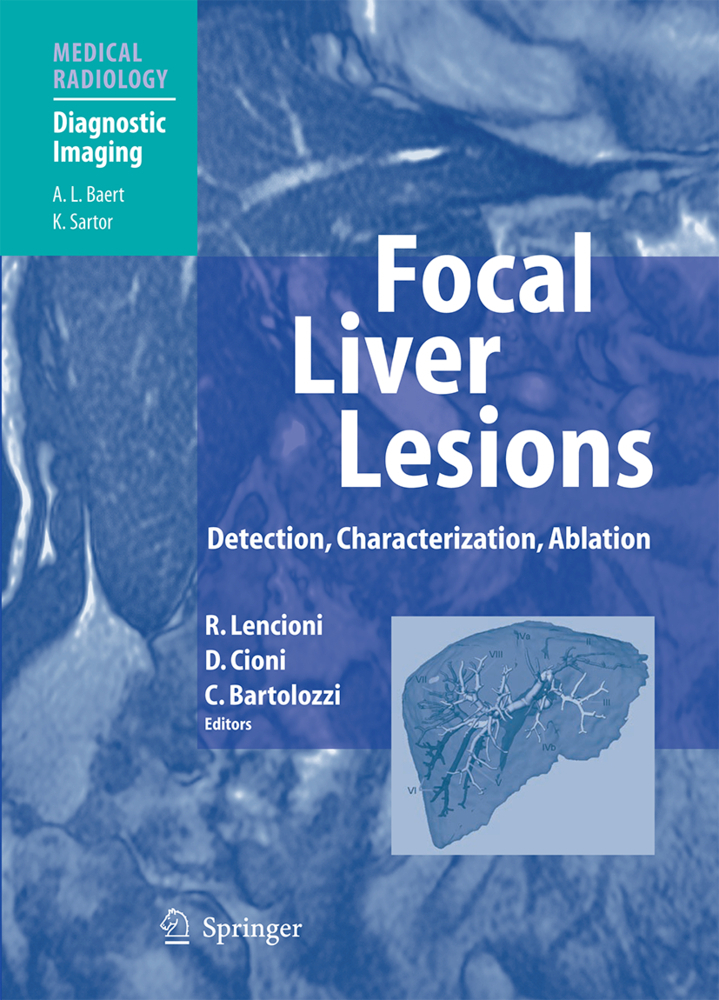Lymphatic Metastasis and Sentinel Lymphonodectomy
Lymphatic Metastasis and Sentinel Lymphonodectomy
Metastases determine malignancy. The main attention so far has been focused upon organ metastases. The molecular mechanisms thereof, while far from being totally elucidated, are increasingly well understood. Modern diagnostic tools now enable detection and precise localization of small lesions. In contrast, our knowl edge and diagnostic capabilities regarding metastatic spread to the'lymphatic system are rather limited. However, there have re cently been a number of interesting advances. It is the aim of this volume to submit these developments to detailed analysis. The therapeutic relevance of enhanced sensitivity in detection of lymph node metastases has to be considered in the light of in creased morbidity versus eventual prognostic improvements by modification of therapy. An interesting concept which might im prove diagnostic accuracy while reducing operative morbidity is the "sentinel node" technique. Surgical standards are lacking, however, and many fundamental questions pertaining to precise lymphatic mapping remain unanswered. Whether the sentinel node concept is of general relevance or whether it is applicable in only a few organs remains to be determined. This book offers intensive discussion of the concept from methodological and tu mor biological viewpoints. World-renowned experts with long term involvement in related basic and clinical research provide the reader with a broad survey of actual knowledge together with a critical appraisal of recent and future developments. We sincerely hope this book succeeds in providing an outlook as a reference for all clinicians on future prospects and serving and researchers in this extremely important field.
Sensitivity and Specificity of Positron Emission Tomography (PET) for the Diagnosis of Lymph Node Metastases
Diagnosis and Staging of Lymph Node Metastases
Detection and Relevance of Immunohistochemically Identifiable Tumor Cells in Lymph Nodes
II. Principles of Lymphatic Metastasis
Cell Biology of Lymphatic Metastases: The Potential Role of c-erbB Oncogene Signalling
The Lymph Node as a Bridgehead in the Metastatic Dissemination of Tumors
Functional Anatomy of Lymphatic Vessels Under the Aspect of Tumor Invasion
Molecular Diagnosis of Head and Neck Cancer
III. Principles of Lymphatic Mapping and Sentinel Node Detection
The Concept of the Sentinel Lymph Node
Sentinel Node Localization by Lymphoscintigraphy: A Reliable Technique with Widespread Applications
Vital Dye and Radiolabelled Colloids - Complement or Alternative
IV. Sentinel Node Detection in Urogenital Cancer
Application of the Sentinel Node Concept in Urogenital Cancer
Intraoperative Lymphatic Mapping and Sentinel Node Identification: Gynecologic Applications
V. Sentinel Node Detection in Malignant Melanoma
Sentinel Node Detection in Malignant Melanoma
Adjuvant Therapy of Malignant Melanoma and the Role of Sentinel Node Mapping
VI. Sentinel Node Detection in Neck and Thyroid Cancer
Selective Neck Dissection and Sentinel Node Biopsy in Head and Neck Squamous Cell Carcinomas
Sentinel Lymph Node Dissection for Thyroid Malignancy
Lymphoscintigraphy and Ultrasound Guided Fine Needle Aspiration Cytology of Sentinel Lymph Nodes in Head and Neck Cancer Patients
VII. Sentinel Node Detection in Breast Cancer
Present and Future of Sentinel NodeLymphadenectomy in Breast Cancer
Specification of Potential Indications and Contraindications of Sentinel Lymph Node Biopsy in Breast Cancer
Potential and Pitfalls of Sentinel Node Detection in Breast Cancer
VIII. Sentinel Node Detection in Gastric Cancer
Gastric Lymphography and Detection of Sentinel Nodes
Potential and Futility of Sentinel Node Detection for Gastric Cancer
IX. Sentinel Node Detection in Colorectal Cancer
Probe Guided Surgery for Colorectal Cancer
Identification of Lymph Node Metastases in Recurrent Colorectal Cancer
Fluorescence as a Concept in Colorectal Lymph Node Diagnosis.
I. Clinical Assessment of Lymph Node Metastases
Efficacy of Immunoscintigraphy for Detection of Lymph Node MetastasesSensitivity and Specificity of Positron Emission Tomography (PET) for the Diagnosis of Lymph Node Metastases
Diagnosis and Staging of Lymph Node Metastases
Detection and Relevance of Immunohistochemically Identifiable Tumor Cells in Lymph Nodes
II. Principles of Lymphatic Metastasis
Cell Biology of Lymphatic Metastases: The Potential Role of c-erbB Oncogene Signalling
The Lymph Node as a Bridgehead in the Metastatic Dissemination of Tumors
Functional Anatomy of Lymphatic Vessels Under the Aspect of Tumor Invasion
Molecular Diagnosis of Head and Neck Cancer
III. Principles of Lymphatic Mapping and Sentinel Node Detection
The Concept of the Sentinel Lymph Node
Sentinel Node Localization by Lymphoscintigraphy: A Reliable Technique with Widespread Applications
Vital Dye and Radiolabelled Colloids - Complement or Alternative
IV. Sentinel Node Detection in Urogenital Cancer
Application of the Sentinel Node Concept in Urogenital Cancer
Intraoperative Lymphatic Mapping and Sentinel Node Identification: Gynecologic Applications
V. Sentinel Node Detection in Malignant Melanoma
Sentinel Node Detection in Malignant Melanoma
Adjuvant Therapy of Malignant Melanoma and the Role of Sentinel Node Mapping
VI. Sentinel Node Detection in Neck and Thyroid Cancer
Selective Neck Dissection and Sentinel Node Biopsy in Head and Neck Squamous Cell Carcinomas
Sentinel Lymph Node Dissection for Thyroid Malignancy
Lymphoscintigraphy and Ultrasound Guided Fine Needle Aspiration Cytology of Sentinel Lymph Nodes in Head and Neck Cancer Patients
VII. Sentinel Node Detection in Breast Cancer
Present and Future of Sentinel NodeLymphadenectomy in Breast Cancer
Specification of Potential Indications and Contraindications of Sentinel Lymph Node Biopsy in Breast Cancer
Potential and Pitfalls of Sentinel Node Detection in Breast Cancer
VIII. Sentinel Node Detection in Gastric Cancer
Gastric Lymphography and Detection of Sentinel Nodes
Potential and Futility of Sentinel Node Detection for Gastric Cancer
IX. Sentinel Node Detection in Colorectal Cancer
Probe Guided Surgery for Colorectal Cancer
Identification of Lymph Node Metastases in Recurrent Colorectal Cancer
Fluorescence as a Concept in Colorectal Lymph Node Diagnosis.
| ISBN | 978-3-642-63070-5 |
|---|---|
| Artikelnummer | 9783642630705 |
| Medientyp | Buch |
| Auflage | Softcover reprint of the original 1st ed. 2000 |
| Copyrightjahr | 2012 |
| Verlag | Springer, Berlin |
| Umfang | XII, 309 Seiten |
| Abbildungen | XII, 309 p. 63 illus., 2 illus. in color. |
| Sprache | Englisch |

